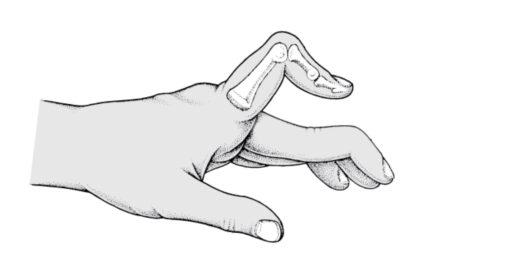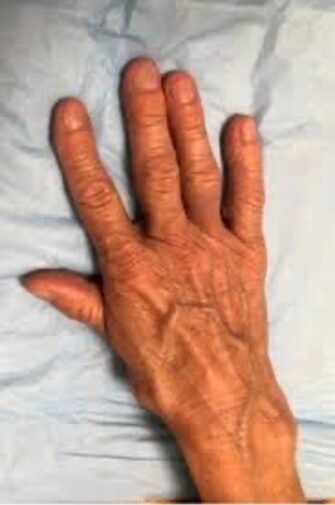Windows of Opportunity

In the hand we often talk about there being a “window of opportunity”. What we mean by this is that with many injuries or conditions in the hand it is so important that you are seen by someone appropriately qualified to assess and advise you as soon as possible. For example, too often people are told to just strap an injured finger to another finger and it will come right. Sometimes they are lucky and it is a simple injury that does come right with time. Other times they aren’t so lucky and it doesn’t come right. When often see patients in the clinic like this, with what they thought, or were told, was a simple injury that would come right on its own or with a bit of tape for support. However, after a full assessment and accurate diagnosis from a qualified hand therapist it is often discovered that there is too much scar tissue or the injury has healed in a deformed position and it will take months of hard work to fix which may have been relatively simple if they had been seen in a timely manner. Sometimes it is too late to achieve a good outcome despite our best efforts. In these cases we have missed that window of opportunity in which to achieve the best possible outcome.

As an example this picture shows someone with a boutonniere deformity. This is caused by a rupture of part of the extensor tendon to the finger. No amount of time strapping this finger to the other will fix it. However, early assessment by a hand therapist who will prescribe an appropriate splinting regime, followed by exercises and mobilisation to restore movement, will dramatically improve the likelihood of a satisfactory outcome. If left too long before an appropriate splint is applied the deformity is likely to become chronic affecting the function and appearance of the whole hand. It is especially important that tendon injuries like this are seen early by a qualified hand therapist.
Another example where early intervention is preferable, would be the arthritic thumb. With appropriate exercises, supports or braces and self-management advice it is possible to reduce the progression of something that will often get worse with time. This usually allows someone with an arthritic thumb to maintain good hand function, reduces pain and may also enable corrective surgery to be delayed or avoided. Even if your thumb is not overly painful, improving the loading posture of your thumb with advice and perhaps splinting from your hand therapist is beneficial.
The first picture below shows a very arthritic thumb that has unfortunately subluxed into the palm of the hand making it very difficult to grip and manipulate objects. Early hand therapy with appropriate advice may have been able to slow the progression of the arthritis promoting good, pain-free function for longer.
The second picture shows an example of a splint, available from your hand therapist, that is often prescribed to reduce pain and improve function in the arthritic thumb.


So in short our advice to you would be to get all hand injuries and conditions assessed by a qualified hand therapist as soon as possible. You do not need to be referred by anyone else. They can complete any ACC paperwork for accident related injuries. They will assess your injury or condition and ensure that you get the best possible management and advice in a timely manner which may include further imaging or referral to specialists if needed.
